Investor concerns about interest rates, inflation and economic growth sent the enterprise value of the S&P 500 nose-diving some 18 percent in 2022.
So, what happened to the value of sponsor-backed private companies last year? Incredibly, they actually rose modestly. That’s the upshot of the latest report on the Private Market Index developed by Chicago investment bank Lincoln International. More good news on the private-markets performance front comes from recent reports by money manager Hamilton Lane and Massachusetts Pension Reserves Investment Management.
All told, the Lincoln PMI rose 4.8 percent in 2022, including a 1.6 percent rise in the fourth quarter. “This marginal increase was driven primarily by modest improvement in fundamental performance, not multiple expansion,” the report said. Indeed, about 80 percent of the companies tracked by Lincoln International saw revenue growth last year, while 60 percent saw EBITDA growth.
The PMI tracks the valuations of some 900 private companies that generate less than $100 million in earnings and that are typically owned by private equity firms.
While the 4.8 percent rise in the Lincoln PMI last year trounced the S&P 500, over the last nine years the Lincoln PMI and S&P 500 have actually been running neck and neck.
Still, investors have a lot to love about private equity. Their private investments experienced less volatility in performance over those nine years, the report said. And they reaped bigger equity gains because sponsor-backed companies typically operate with more leverage than public companies.
To be sure, the fact that their shares trade publicly provides an instant and indisputable measure of equity valuation to public companies. No one can say for sure what a private company is worth in the absence of a transaction, such as a sale or public offering.
That said, a recent market overview by Conshohocken, Pennsylvania-based money manager Hamilton Lane finds that private market valuations are “generally accurate across most industry sectors.” It also notes that fund managers often exit deals “at a premium to reported value.” Altogether Hamilton Lane tracks data on deals totaling some $17 trillion across 51 vintage years.
Meantime, an investment report released last month by Massachusetts Pension Reserves Investment Management demonstrates why it and other pension funds have embraced private equity tighter in recent years.
Massachusetts PRIM, which recently voted to boost its target allocation range to private equity from 12 percent to 18 percent to 13 percent to 19 percent, said the asset class generated a negative 4.7 percent return in the one-year period ending December 31. That made it the fourth-best-performing asset class for the public pension, out of seven, and compared with a negative 17.9 percent return for its global equity portfolio.
Over the three year, five year and 10 year periods, however, private equity has been the best-performing asset class for Massachusetts PRIM, which managed some $95.5 billion total as of June 30, 2021. Private equity’s three-year annualized performance of 26.0 percent, five-year performance of 22.9 percent and 10-year performance of 21.0 percent beats the 4.3 percent, 5.3 percent and 8.3 percent return generated by global equities.

